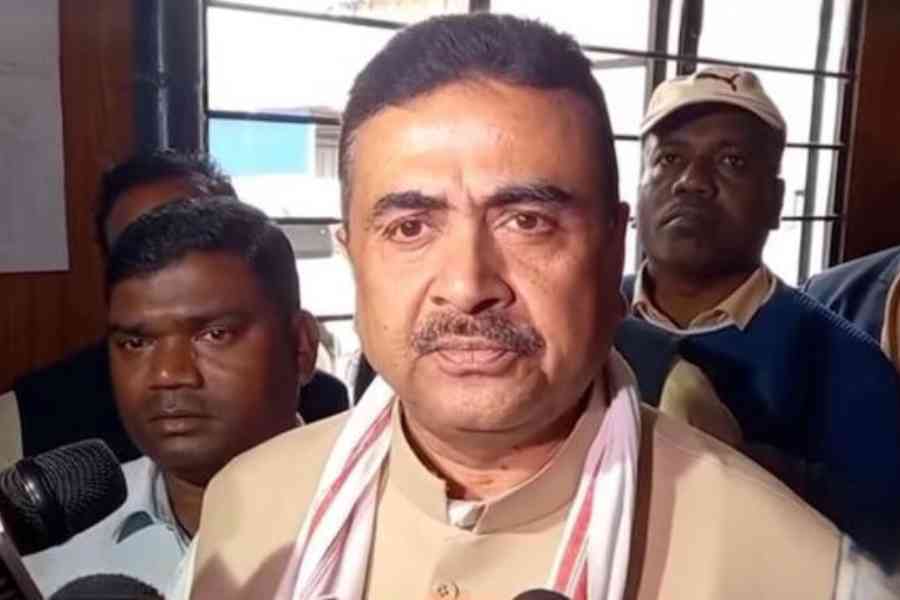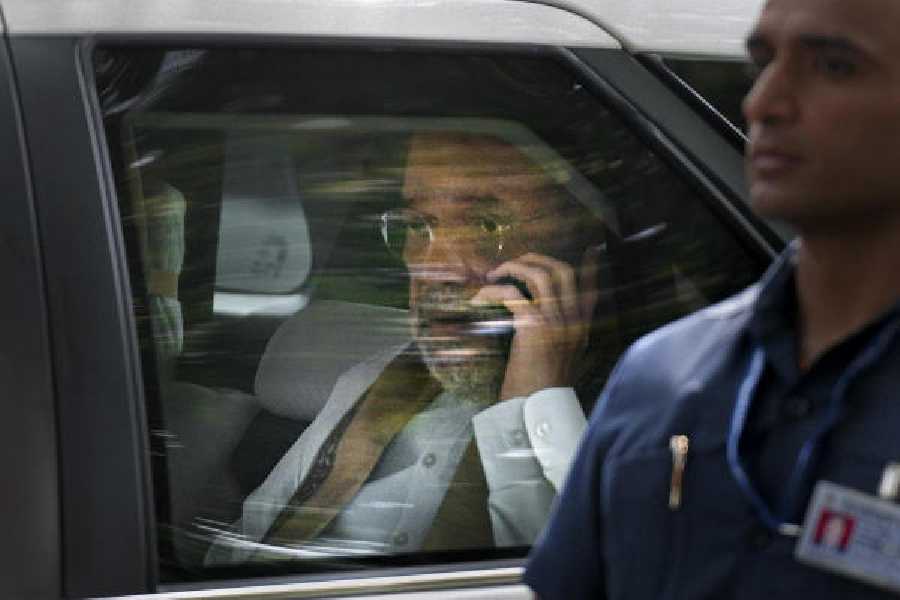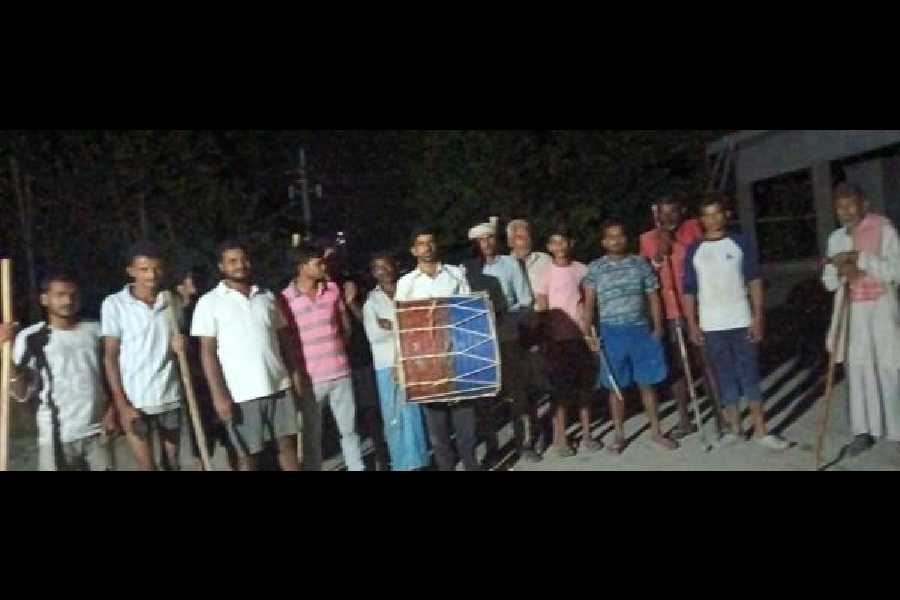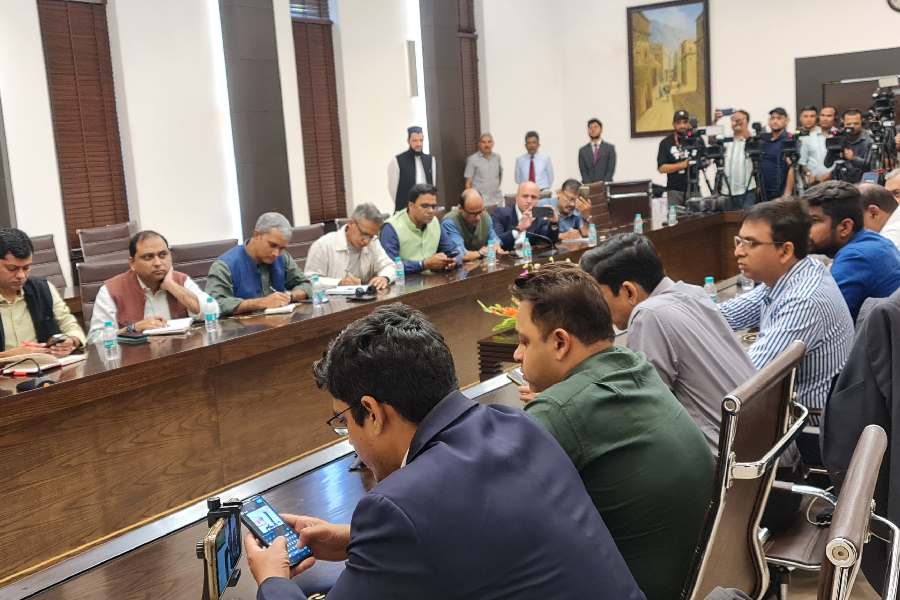 |
Today’s pain, tomorrow’s gain was the message at Calcutta airport on Thursday morning.
As the authorities got into the act of clearing the last hurdle to install the Category-II (CAT-II) instrumental landing system (ILS), flight schedules went haywire, with 10 flights — scheduled to take off between 5.12am and 7.04am — getting delayed by over two hours.
After the Jet Airways flight to Port Blair took off at 5.12am, flight services came to a halt due to poor visibility.
The authorities have blamed the nature factor for the early morning inconvenience caused to passengers.
“The existing CAT-I ILS is not being operated for the past four days as we are upgrading to CAT-II and so, the visibility requirement for landing has gone up to 2,000 metres. On Thursday morning, because of smog, visibility went down to 700 metres,” explained an airport official.
When CAT-I is operational, the minimum visibility required for landing is 550 metres.
But because of the changeover to CAT-II, the runway visual range equipment was not in use since Monday.
So, the pilots had to depend on manual reading of the runway visibility and hence, visibility requirement went up to 2,000 metres.
After around two hours, visibility improved again around 7am and flight services resumed. The Indian flight to Mumbai took off at 7.16am and the IndiGo flight from Mumbai landed around the same time.
“All the procedures to install CAT-II ILS are in place and things will be normal by Friday morning,” added the airport official.
The CAT-II ILS was installed in Calcutta airport in December 2006 to ensure smooth operation of flights in low visibility.
But it could not become operational as the Airports Authority of India had suggested a few technical improvements in the system.
The ILS has two key components — a localiser, which aligns the aircraft to the centreline of the runway, and the glide path, which gives the pilot the correct angle for descent.
For proper functioning of the CAT-II system, the glide path angle needs to be changed so that more accurate data can be provided to the pilot during landing.
“All the necessary changes have been made and the process has been completed in a record five days. We have also conducted the tests successfully,” said S.P.S. Bakshi, regional executive director of the National Airports Division (eastern region).
“We are now sending the final report to the directorate-general of civil aviation for the final clearance,” he said.










